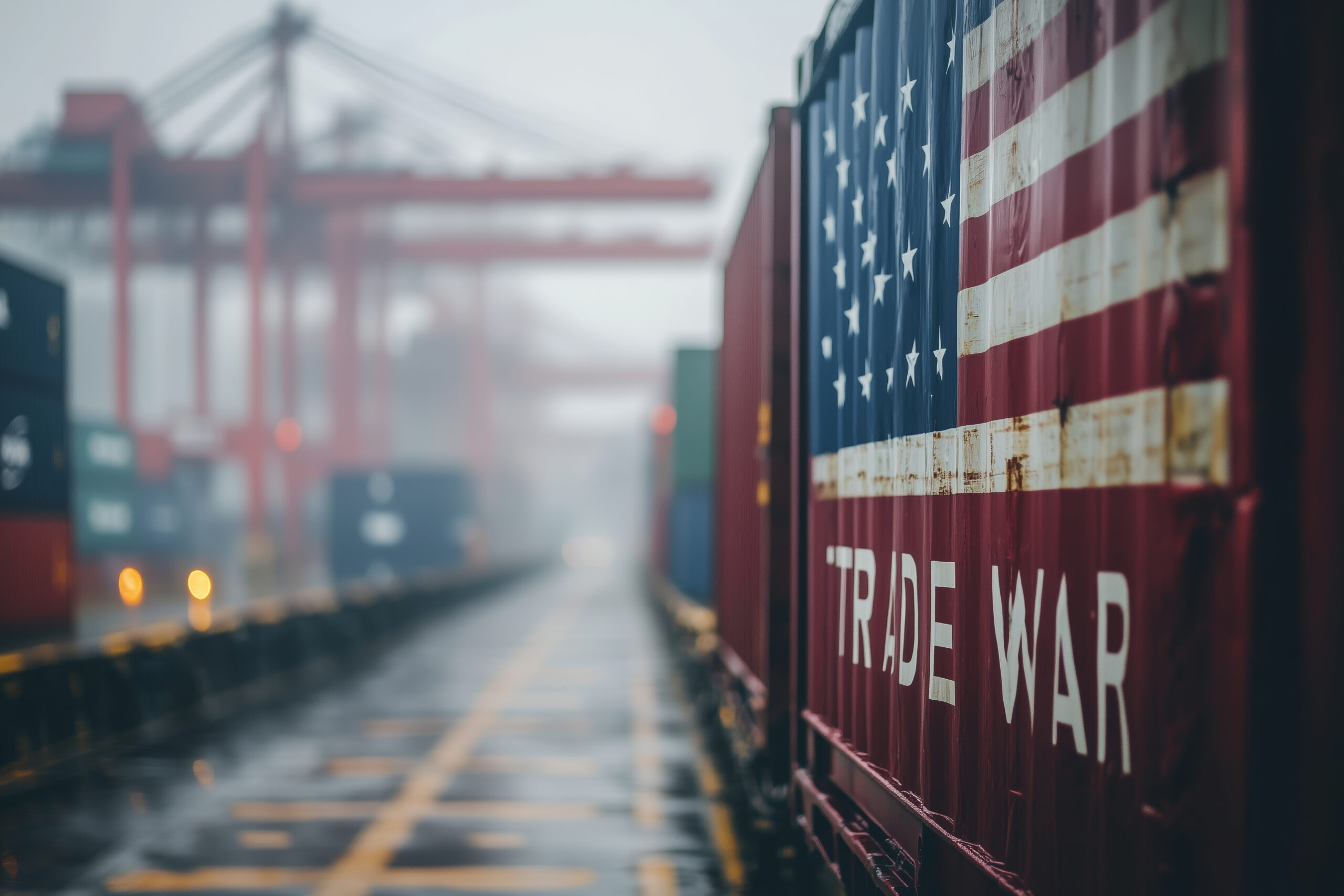U.S. President Donald Trump on Saturday announced he’s levying tariffs of 30% against the European Union and Mexico starting August 1, two of America’s biggest trading partners, in an ongoing tariff campaign that’s upended global trade since he retook office in January.
Trump has warned he will impose even higher import tariffs if either of the US trading partners decide to retaliate.
EU Commission president Ursula von der Leyen said the bloc would maintain its two-track approach: keep talking and take all necessary steps to safeguard EU interests, including the adoption of proportionate countermeasures if required.
Von der Leyen added that the EU remains committed to continuing negotiations with the U.S. and coming to an agreement before Aug. 1.
But, she said, a 30% tariff on EU exports would disrupt essential transatlantic supply chains, businesses and consumers on both sides of the Atlantic.
Trump detailed the planned tariffs in letters posted to his social media account. In his letters to the EU and Mexico, Trump said that all imports were subject to the 30% tariff, excluding “Sectoral Tariffs.”
In the letter sent on Friday to European Commission president Ursula von der Leyen, Trump wrote: “We have had years to discuss our trading relationship with the European Union, and have concluded that we must move away from these long-term, large, and persistent, trade deficits, engendered by your tariff, and non-tariff, policies and trade barriers.
“Our relationship has been, unfortunately, far from reciprocal,” the letter added.
Last week, the White House sent a letter to Canada threatening a 35% tariff, a dramatic escalation in an on-again, off-again trade war with America’s neighbor.
The announcement came in the form of a letter published on Trump’s social media platform Truth Social.
“There will be no tariff if Canada, or companies within your country, decide to build or manufacture product within the United States and, in fact, we will do everything possible to get approvals quickly, professionally, and routinely – In other words in a matter of weeks,” the letter read.
He also tied the tariffs to what he called “Canada’s failure” to stop the flow of fentanyl into the US, as well as Canada’s tariffs on US dairy farmers and the trade deficit.
Trump has previously accused Canada – alongside Mexico – of allowing fentanyl and vast numbers of people to come into the US.
After taking office, he imposed tariffs he said are designed to punish Canada for not doing enough to crack down on the fentanyl drug trade.
“If Canada works with me to stop the flow of Fentanyl, we will, perhaps, consider an adjustment to this letter. These Tariffs may be modified, upward or downward, depending on our relationship with your Country,” Trump said last week.
Trump’s announcement of higher tariffs on Canada comes amid a flurry of letters Trump has sent to several world leaders last week informing them of their new tariff rate.
In the letter, Trump threatened to raise tariffs even higher than the specified rates if the country retaliates against the United States with tariffs of its own.
“If for any reason you decide to raise your Tariffs, then, whatever the number you choose to raise them by, will be added onto the 35% that we charge.”
In his response on X, prime minister Mark Carney said Canada had made essential progress to “stop the scourge of fentanyl” in North America, and that his government was committed to continuing to work alongside the US to protect communities in both countries.
“Throughout the current trade negotiations with the United States, the Canadian government has steadfastly defended our workers and businesses,” Canadian prime minister Carney said in a statement on X.
“We will continue to do so as we work towards the revised deadline of August 1.”
Trump’s letter to Carney was posted just a day after the president posted multiple other letters to social media platform Truth Social, threatening tariffs on other countries.
Last month Trump threatened to put an end to trade talks with Canada over a digital services tax (DST) that was set to take effect, which would have fallen heavily on American technology companies that did business in Canada. Canada scrapped the digital services tax in a last-minute move to salvage imperilled trade talks with the Americans.
The tax became the latest flashpoint in difficult negotiations between the United States and Canada.
The Canadian finance ministry characterised the negotiations with the United States as “complex”.



